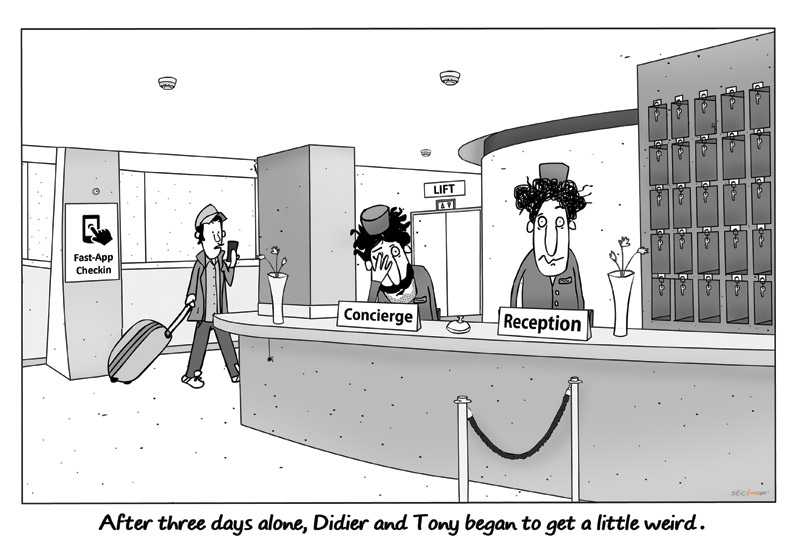2. OK, so what do they want?
Millennials feel connected to their stay as never before. Not content to wait until retirement to take that dream trip, they are more likely to live in the moment, to travel rather than seek financial security, and throw themselves and their bank balance at the world. They want things simple, casual and efficient. Most importantly for us, they appreciate great design and personalisation of experience. Cookie cutter moulds are no longer going to cut it, and only quirky individual statements will do. The expression “seen one, seen them all” is set for the scrap heap, to be replaced by “seen one, can’t wait to see what the next one’s got to offer”.
3. Designing for the millennial traveller
Henry Ford once said: “If I had asked people what they wanted, they would have said faster horses.” And this is more relevant than ever, with many of the big branded hotels still finding it difficult to step out of the traditional mindset and keep up with the actual needs of this new generation. Market research can only take you so far, but questioning possibilities is limitless.
For a hotel to appeal to millennials it needs a unique, lasting fingerprint — the experience of a boutique hotel, in every hotel. When designing the new brand hotel for China World in Beijing, aimed specifically at the millennial traveller, our brief was: “Think millennial — and don’t hold back.” We took this literally, placing only one limitation on ourselves — physics, and even that took a beating.
In our concept art we based its interior on the workings of a Tag watch; a kinetic core connecting the hotel’s different layers — from the internal climbing wall as a backdrop to the lobby, the oxygen bar to revive the weary executive, a half pipe, even a craft brewery. All, however, were linked by the internal spiral, so that a brewer in the basement could look up and spy a swimmer at the very top peering back down. And we loved every second.
When it came to rooms, we began by accepting that, like big cats, they are not all the same, though do possess certain recognisable traits; archetypes that we called The Entrepreneur, the Urban Explorer, The Fashionista, and the Artist. The Entrepreneur’s concept room had a three-point desk fit for the chairman of the board. The Artist’s was more relaxed, with a bed that converted into a comfy day nest to maximise those sweeping, inspirational views of Beijing. The Fashionista’s had open wardrobes allowing them to gaze at their outfits, and making the simple cupboard part of the interior décor. Finally the Urban Explorer, always active and on the go, had monkey bars above the bed for impromptu pull-ups.

| Advertisement |









 Search our database of more than 2,700 industry companies
Search our database of more than 2,700 industry companies









